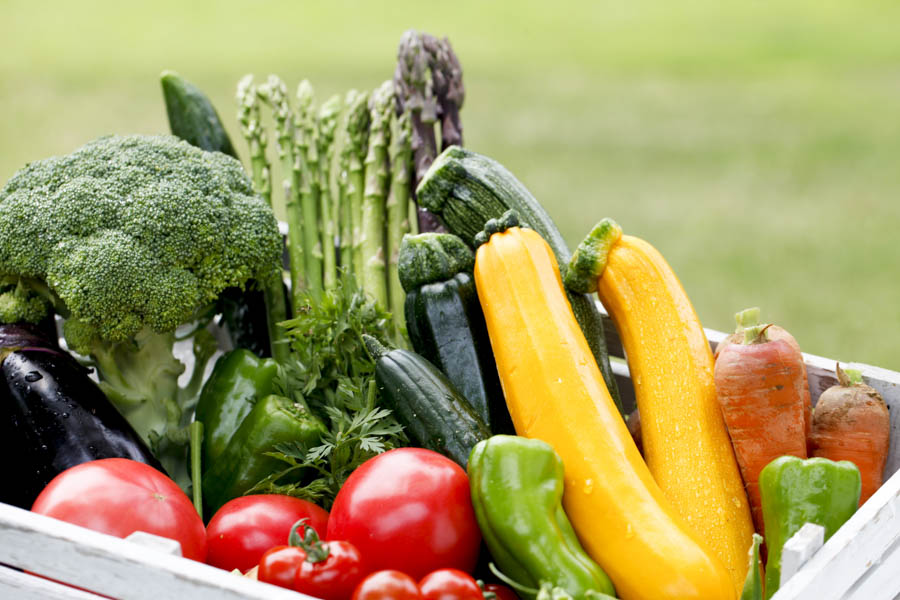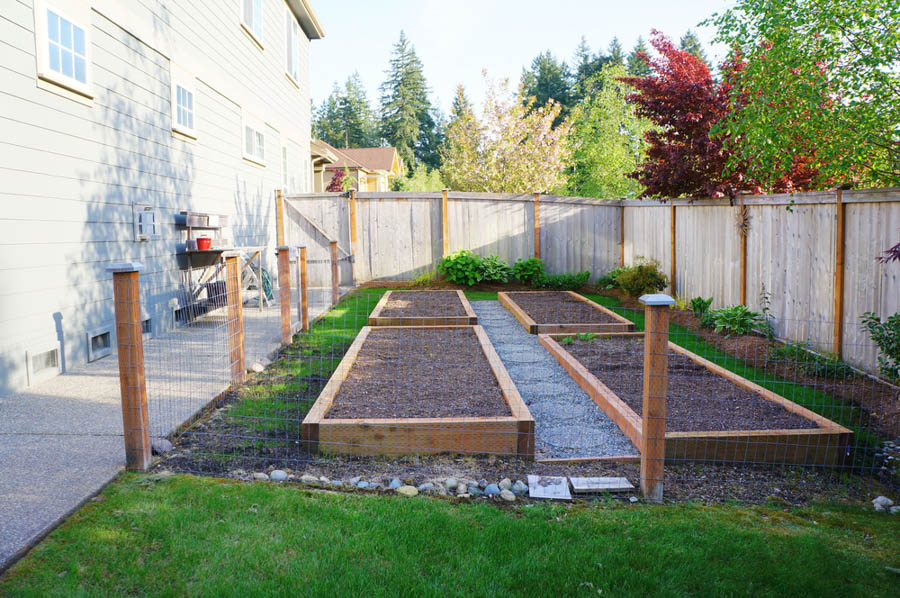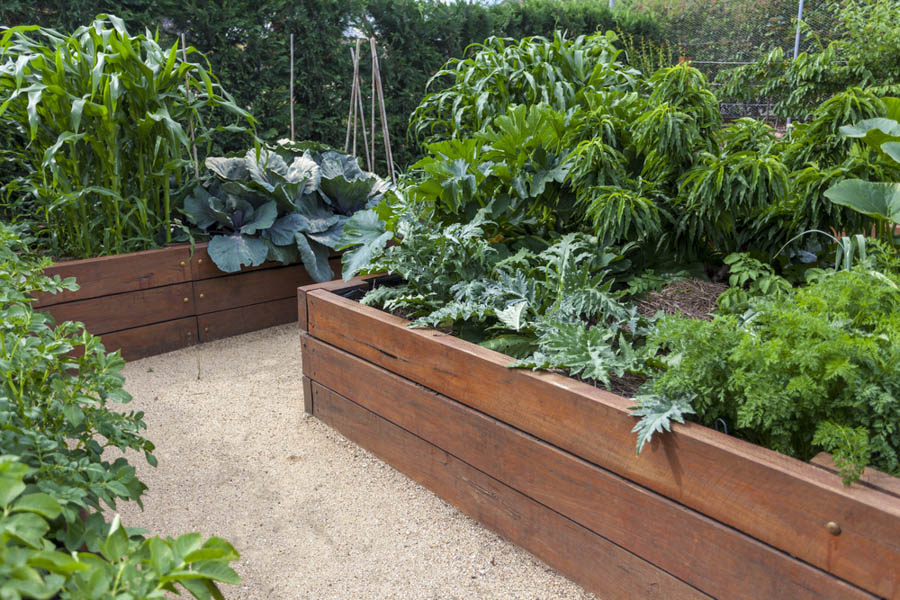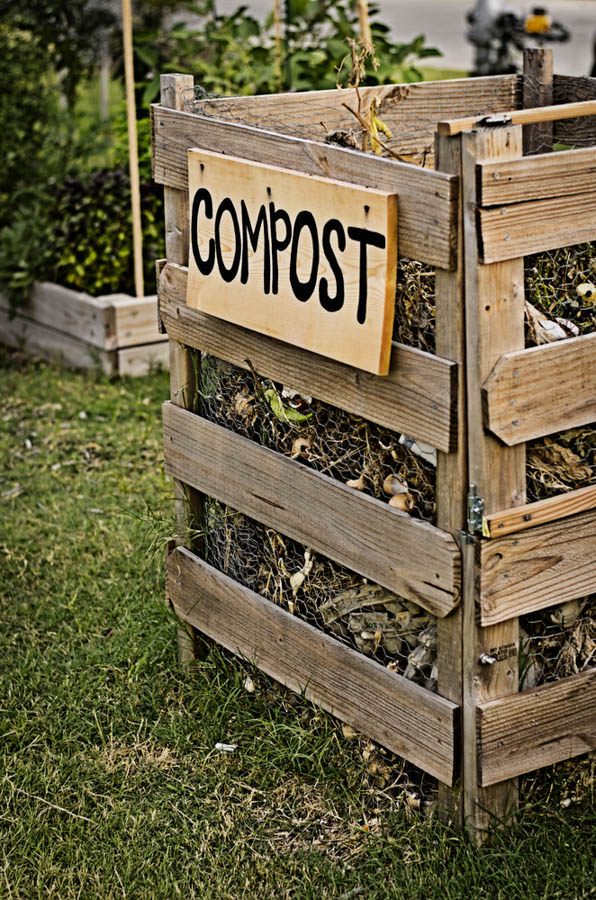Planning for New Vegetable Gardens: Siting and Sunlight

GardenZeus receives commissions for purchases made through links in this post. There is no additional cost to you.
Planning for New Vegetable Gardens: Part 1: Siting and Sunlight
This is the 1st in a series of articles offering advice and solutions for common challenges when starting a garden in California.
Home gardening is one of the safest and most-rewarding activities during the COVID-19 pandemic. See Gardening as a Refuge in Troubled Times. So why wait? Start a food garden now!
Siting. Location, location, location: Where you put your garden makes all the difference!
- Sunlight is the first consideration. Southern, southwestern, and western exposures are generally best. Year-round vegetable gardening is possible in many areas of California. With shorter days and the sun lower in the sky from fall through spring in the Northern Hemisphere, sunny spring locations may be shaded during winter.
- Pay attention to possible shade from buildings, trees, and other obstructions.
- Lines of sight are important! Place your vegetable garden somewhere you will see it at least once per day without special effort or change in your routine. This will help you respond quickly to problems such as wilting or pest damage.
- Be cautious when placing garden beds or planting vegetables near trees or large shrubs. Roots of many trees will invade garden beds and compete with vegetables for water and nutrients. Most vegetables require significant water during the growing season. Wet soil can damage many trees, especially California native trees that generally need dry soil from spring through fall.
- Avoid placing garden beds near the outside walls of houses, as wet soil can be problematic for house infrastructure and foundations.

This raised-bed garden is far enough away from the house that wet soil is unlikely to pose a problem.
- Consider the logistics for frequent and easy access, space and feasibility of using wheelbarrow or garden cart, distance for bringing amendments from vehicle or shed, logistics for bringing and putting away tools and materials, proximity of hand-watering or irrigation, and foot-traffic patterns for maintenance and harvest.
- Paths are necessary but decrease planting space. Plan garden beds to fit your body for comfort and with reasonable reaching distance from either side. Give the planting area a test run with your body to be certain it’s functional and comfortable with minimal straining.
- Where will you put the compost bin or pile? Most of us will be more consistent with composting when the bin or pile is easily accessible from both garden and kitchen. Composting may be best in a shady area that isn’t suited to growing vegetables.
- Consider future potential pest problems, especially in wildland-urban-interface areas or when there are nearby pest populations such as rats, bunnies, squirrels, gophers, and ground squirrels. How easy will it be to discourage or exclude critters in various locations? Will the location allow for installation of hardware cloth below beds and fencing or wire enclosures aboveground if needed to protect your harvest from wildlife or pets?
- Avoid slopes. Soil obn slopes tends to drain and dry out quickly. Slopes are harder for planting and watering, and just plain hard on the muscles and back. Seeds may be washed downhill with watering. Soil tends to erode and migrate downhill during planting and whenever disturbed. Use gently sloping or flat areas whenever possible.
- Vegetable gardens produce significant organic mater such as leaf litter and spent blooms. Avoid placing a vegetable garden anywhere that stray soil and plant debris will be problematic, such as near home entrances, porches, pools, sidewalks, and seating areas.
- Front yard? After more than 15 years of social trends and increased awareness about sustainability and the importance of locally grown food, front-yard vegetable gardens are acceptable or even encouraged by municipalities in some areas.
- Sometimes it’s a luxury to have options for where to put your garden. You might have only one or two sunny areas. Place the garden there if at all possible.
Sunlight: Plants absorb and use nutrients from air, water, and soil, but technically they eat sunlight; or more precisely, they use sunlight to create their own food. Look no further than lack of sunlight if your garden area is shady and plants don’t thrive.
- 8 Hours. Has it ever seemed miraculous that veggie plants can produce the huge and abundant tomatoes and endless zucchini? It requires an enormous amount of energy for vegetable plants to produce their nutrient-rich and calorie-dense fruits. Plants from which we eat fruits (anything that contains seeds) usually need at least 6 hours of sunlight per day to produce a good harvest, but 8 hours or more is best. Examples of veggie plants than need full sunlight include tomatoes, corn, squash, melons, cucumbers, and eggplant.
- 4-6 Hours. Root crops such as beets, carrots, garlic, and potatoes also need lots of sunlight, as do many crops from which we eat flowers or immature flowers such as broccoli and artichokes. At least 4 to 6 hours per day is best. Some fruit, seed, and root crops can get by with fewer than 6 but at least 4 hours per day, including peas, beans, and radishes. Kale, chard, and celery also prefer at least 4 to 6 hours of sunlight per day.
- 2-4 Hours. Many greens, herbs, and veggie plants that produce edible stems or leaves can get by on less sunlight, as little as 2 to 4 hours per day. Some may perform best and provide extended harvest before bolting during warm-to-hot weather with less sunlight and less western sun exposure late in the day. Examples include lettuce, arugula, mint, and oregano.
Other articles offering advice and solutions for common challenges when starting a garden in California:
Part 4: Introduction to Soil Toxicity
Part 5: Common Causes of Soil Toxicity
Part 6: Introduction to Soil Compaction
Part 7: Decompact Soil Quickly
Future installments include:
Part 9: Introduction to Soil Alkalinity
Part 10: Managing Soil Alkalinity
Part 11: introduction to Soil Fertility
Part 12: Watering
Part 13: Pest and Pet Exclusion
Part 14: Minimizing Pest Insects
GardenZeus has plenty of information to help you get started growing fruits and vegetables. To receive customized growing information for your area, click here.
Want to start a raised garden bed? It is easy to get started with a kit:
Articles of interest for novice gardeners include:
How to Choose the Best Seeds for California Gardens
The GardenZeus Guide to Starting Tomato Seeds
Container Gardening: Cucumber, Corn, Snap Peas and Eggplant


